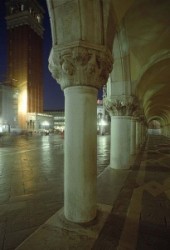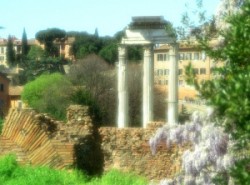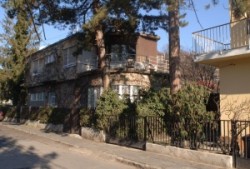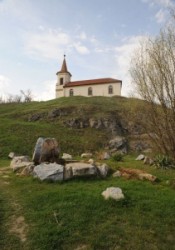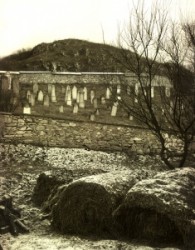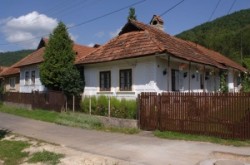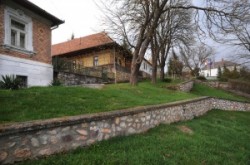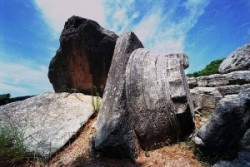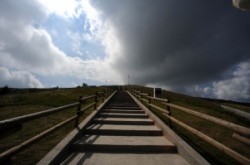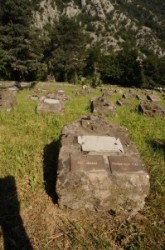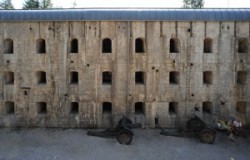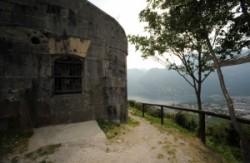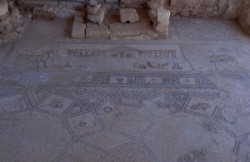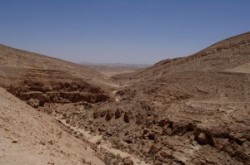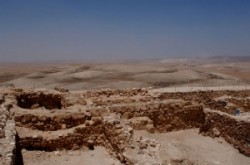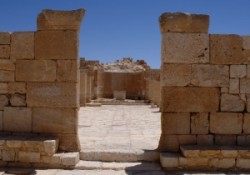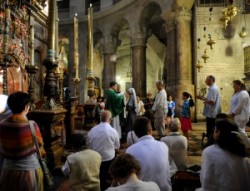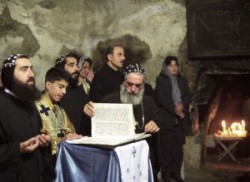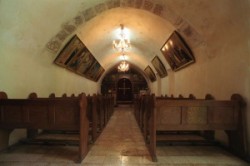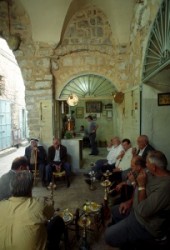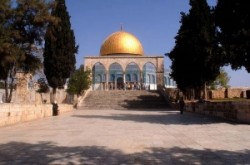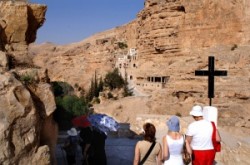|
|
|
|
|
|
|
|
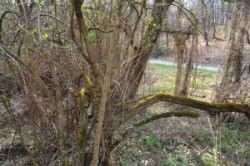
|
Landscapes of Cserehát
|
Landscapes of Cserehát;
Cserehát is a geographical landscape situated in the northeast part of Hungary, from Szikszó to the north, between the Bódva and Hernád rivers. The northern part of Cserhát is part of Slovakia.
The mostly small villages’ area consisting of 116 settlements in which altogether approximately one hundred thousand inhabitants live.
Cserehát is one of Hungary’s most underdeveloped area. Because of high unemployment, low education, bad traffic, the incomplete social net, the regional unsettledness development follows the deficiency of the cooperation and the development experiences; practically the full Cserehát population is underprivileged. After all Roma population is there in the worst situation.
|
|
|
|
|
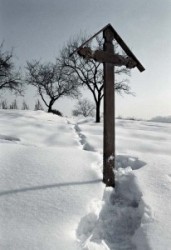
|
winter
|
A landscape is winter beside a falconer.
|
|
|
|
|
|
|
|
|
|
|
|
|
|
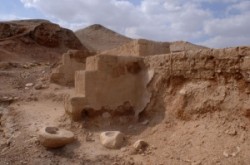
|
Jericho, Tell es-Sultan
|
Jericho: er Tell es-Sultan-Riha, Eriha, Yeriho. Oldest city in the world.
Discovered and excavated by Kathleen Kenyon in her Trench I, the Neolithic tower was built and destroyed in Pre-Pottery Neolithic A, which Kenyon dated to 8000-7000 B.C. The 8m diameter tower stands 8m tall and was connected on the inside of a 4m thick wall.
|
|

|
The Way of Sorrow- First Station
|
the Chapel of the Flagellation where tradition holds that Jesus was interrogated by Pilate. The Franciscans and Pilgrim's begin their weekly procession through the Stations of the Cross here, on Friday afternoons. This modest chapel was built on the site of a Crusader oratory. Inside are glass panel representing the scourging of Jesus (center), Pilate cleansing his hands of the blood of the innocent (left), and the liberation of Barabas (right).
|
|
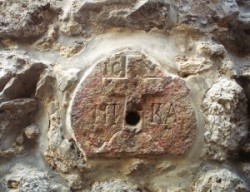
|
The Way of Sorrow- Eight Station
|
The Way of Sorrow- Eight Station. A small plaque with a cross on the wall marks the place where Jesus met his pious women of Jerusalem and told them, “Don’t weep for me, daughters of Jerusalem, but yourselves and your children.” st. Luke
|
|
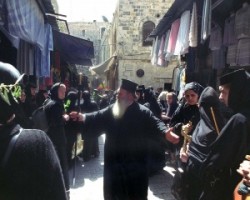
|
The Way of Sorrow- Fourth Station
|
Way of Sorrow- Fourth Station. The meeting between Jesus and his mother is commemored by a small oratory with an exquisite lunette over the antrance, adorned by a bas- relif carved by the Polish artist Zieliensky. |
|

|
The Way of Sorrow- Fifth Station
|
Way of Sorrow- Fifth Station. – As the inscription above the door of this Franciscan chapel says, here Simon of Cyrene took the cross from Jesus and carried it on to Golgotha. This is mentioned in three Gospels, but not in that of John. |
|

|
The Way of Sorrow-Seventh Station
|
The Way of Sorrow-Seventh Station. Here the Via Dolorosa intersects the noisy bazaar, and a column marked with the Roman numerals VII indicates where Jesus fell for the second time. |
|
|
|
|
|
|
|
|
|
|
|
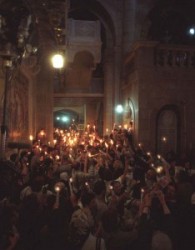
|
Entrance hall
|
Originally built by the mother of Emperor Constantine in 330 A.D., the Church of the Holy Sepulcher commemorates the hill of crucifixion and the tomb of Christ's burial.
On grounds of tradition alone, this church is the best candidate for the location of these events. The Garden Tomb was not identified as such until the 19th century.
|
|
|
|
|
|
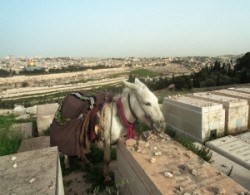
|
The Living Jerusalem
|
Ivan Benda: Liwing Jerusalem. 2003. Budapest
Wherever he might be in the world, London or Beijing, Haifa or New York, Budapest or Cape Town, a Jew, when he wants to go to the City, will say: I’m going up to Jerusalem. I ask you to follow his example. Let’s open this impressive book and walk slowly up to Ivan Benda’s Jerusalem, which seems close to us on the pages, yet is as far as the sky. Through effort and goodwill and above all, through love, we can bring this sky closer to our profane world. He, who took these photographs shows us Jews, Christians and Muslims the path to follow.
by László Csorba |
|
|
|
|
|


